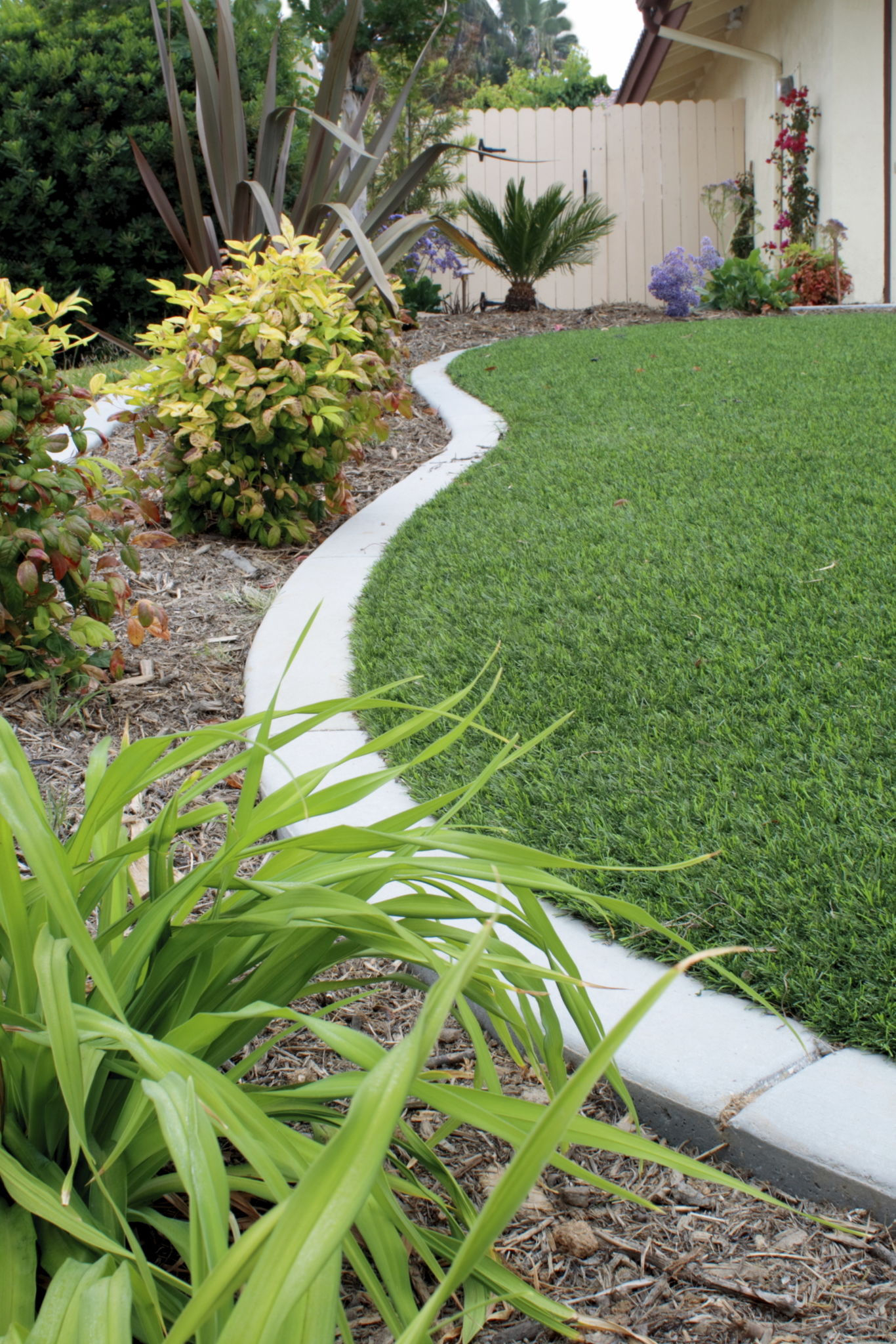The Ultimate Guide to Choosing Durable Artificial Lawns for Auckland Homes
Understanding Artificial Lawns
Artificial lawns have become increasingly popular in Auckland due to their low maintenance and lush appearance. Unlike natural grass, synthetic turf doesn't require regular watering, mowing, or fertilizing, making it an ideal choice for busy homeowners. However, choosing the right type of artificial lawn can be daunting given the variety of options available.

Factors to Consider
Material Quality
When selecting an artificial lawn, the quality of the material is a critical factor. High-quality synthetic grass is often made from polyethylene or polypropylene, which offers a realistic look and feel. Polyethylene is known for its durability and softness, while polypropylene is less expensive but may not be as resilient.
UV Resistance
Auckland's climate can be harsh on outdoor materials, so UV resistance is essential for any artificial lawn. UV-resistant lawns maintain their color and integrity under prolonged sun exposure, ensuring longevity and a consistently vibrant appearance.

Choosing the Right Pile Height
Pile height refers to the length of the grass blades on the artificial lawn. Shorter pile heights (around 25-30 mm) are suitable for areas with high foot traffic, such as pathways or patios, as they offer a neat and durable finish. Longer pile heights (40 mm or more) provide a more lush and natural look, ideal for gardens or larger yards.
Infill Options
Infill is material spread between the blades of artificial grass to keep them standing upright and enhance drainage. Common infill materials include sand and rubber crumbs. Sand is often preferred for its weight and affordability, while rubber provides a softer, more cushioned surface.
Drainage Capabilities
Effective drainage is crucial for preventing water accumulation and maintaining a dry, usable surface. Look for lawns with a perforated backing that allows water to pass through easily, reducing the risk of pooling and potential damage to your lawn and property.
Installation and Maintenance
Proper installation is key to ensuring the longevity and performance of your artificial lawn. While some homeowners may opt for DIY installation, hiring a professional can guarantee a more precise and durable setup. Once installed, minimal maintenance is needed, typically involving periodic brushing to keep blades upright and debris removal.

Environmental Considerations
Artificial lawns can contribute to sustainability by reducing water usage and eliminating the need for harmful pesticides or fertilizers. Some manufacturers also offer recyclable or eco-friendly products, allowing environmentally conscious homeowners to make responsible choices.
Cost Considerations
The initial cost of artificial lawns can vary significantly based on material quality, size, and installation requirements. While it may require a higher upfront investment compared to natural grass, the long-term savings on water bills, maintenance, and landscaping services often justify the expense.